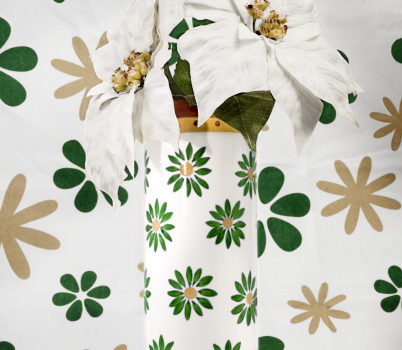Born in Havana in 1984, Adrián Fernández Milanés studied at the San Alejandro Academy in Cuba, then at the Visual Arts Faculty, where he graduated in 2010. He has exhibited in Havana, notably at the Ludwig Foundation of Cuba, and taken part in group shows in Cuba, Houston, Mexico and Guatemala. The son of an architect, Adrián spent his student years devising this project: a three-part venture bearing on his home environment in Havana’s Nuevo Vedado neighbourhood. Built a few years before the Revolution, Nuevo Vedado was intended as parkland for living in, with no fences and no dividing lines apart from its roads. The houses, many of them remarkable pieces of architecture, were later assigned to heroes of the struggle against Cuba’s dictatorship; more recently some of them have been returned to the families of the original owners. The most striking feature of Nuevo Vedado, though, is that now all these residences are surrounded by fences, grilles and walls of different heights, erected to protect charming private gardens or pleasant terraces.
Adrián initially addressed his subject from a documentary viewpoint. A series of black and white images, most of them frontal, stresses this urge towards enclosed living, focusing on the locks and padlocks of these closed doors. For the second segment he concentrated on interiors and, especially, their layout and furnishings. He says his aim was a kind of Vogue Living series, the result being handsome indoor views, interesting furniture and a marked penchant for kitsch.
Last of all, it was by removing some of these ornaments from their context and photographing them under studio conditions that Adrián Fernández Milanés achieved a true portrait of the people living in these middle-class homes. Borrowing their fruit bowls, vases, fabrics and wallpaper and subjecting them to masterly lighting, he came up with results that need no commentary and brook no criticism: when you look closer you see that the flowers are artificial and the fruit made of plastic.
Christian Caujolle, curator
Text from the catalogue-book “Photoquai”, co-edited by Musée du Quai Branly- Actes-Sud
















